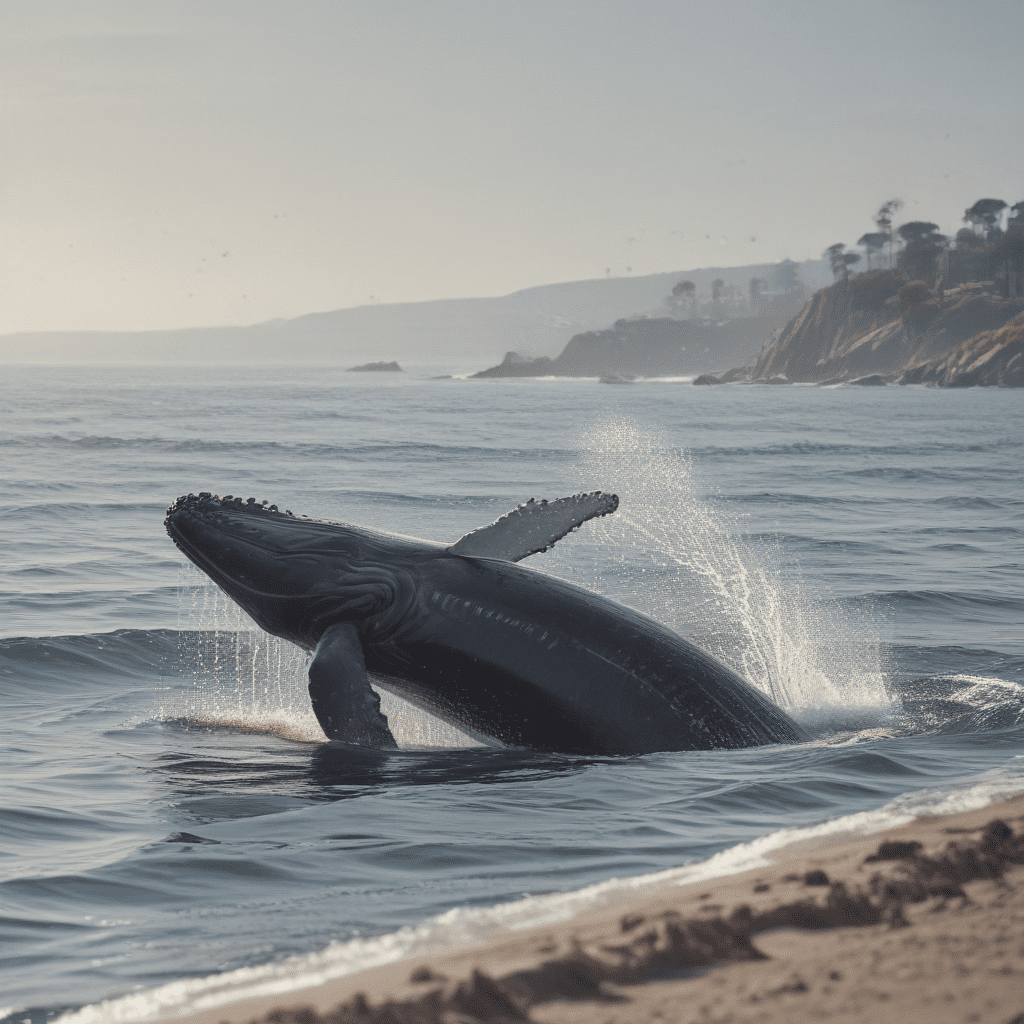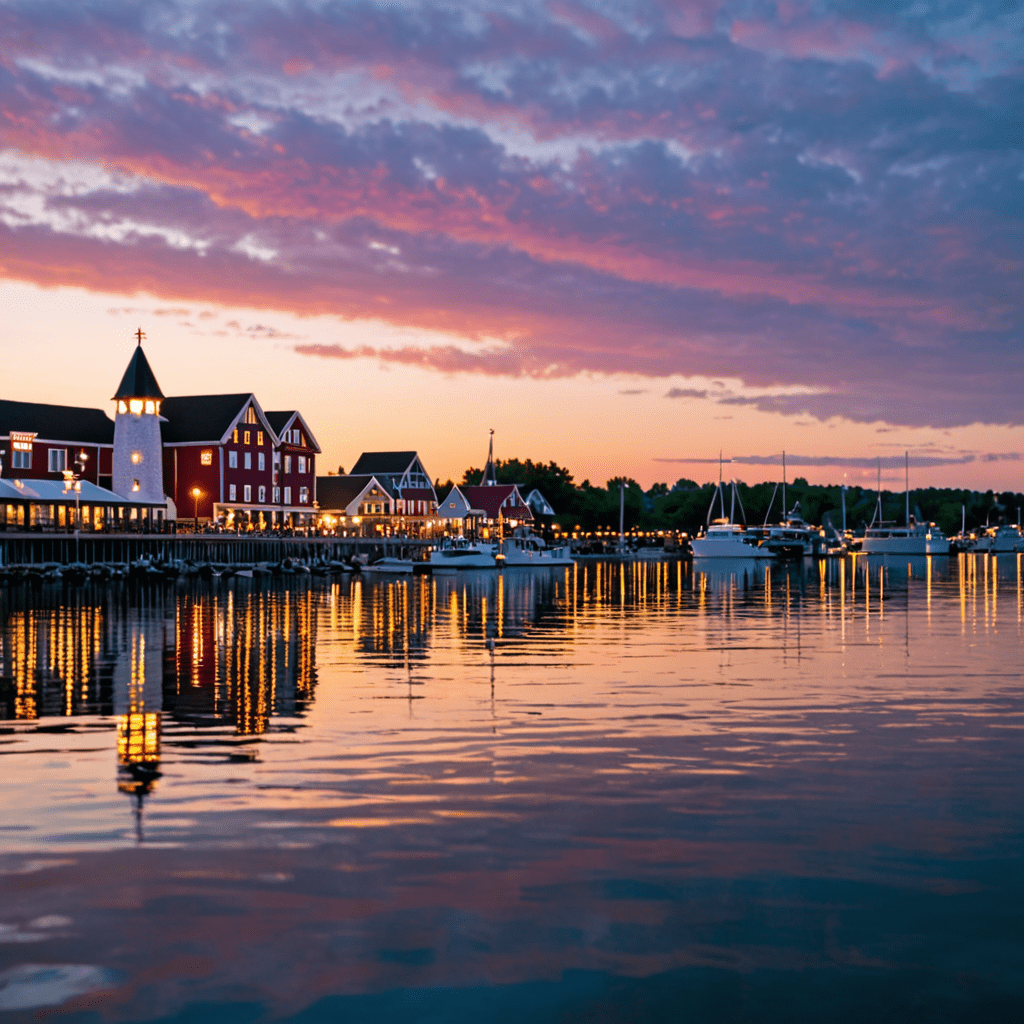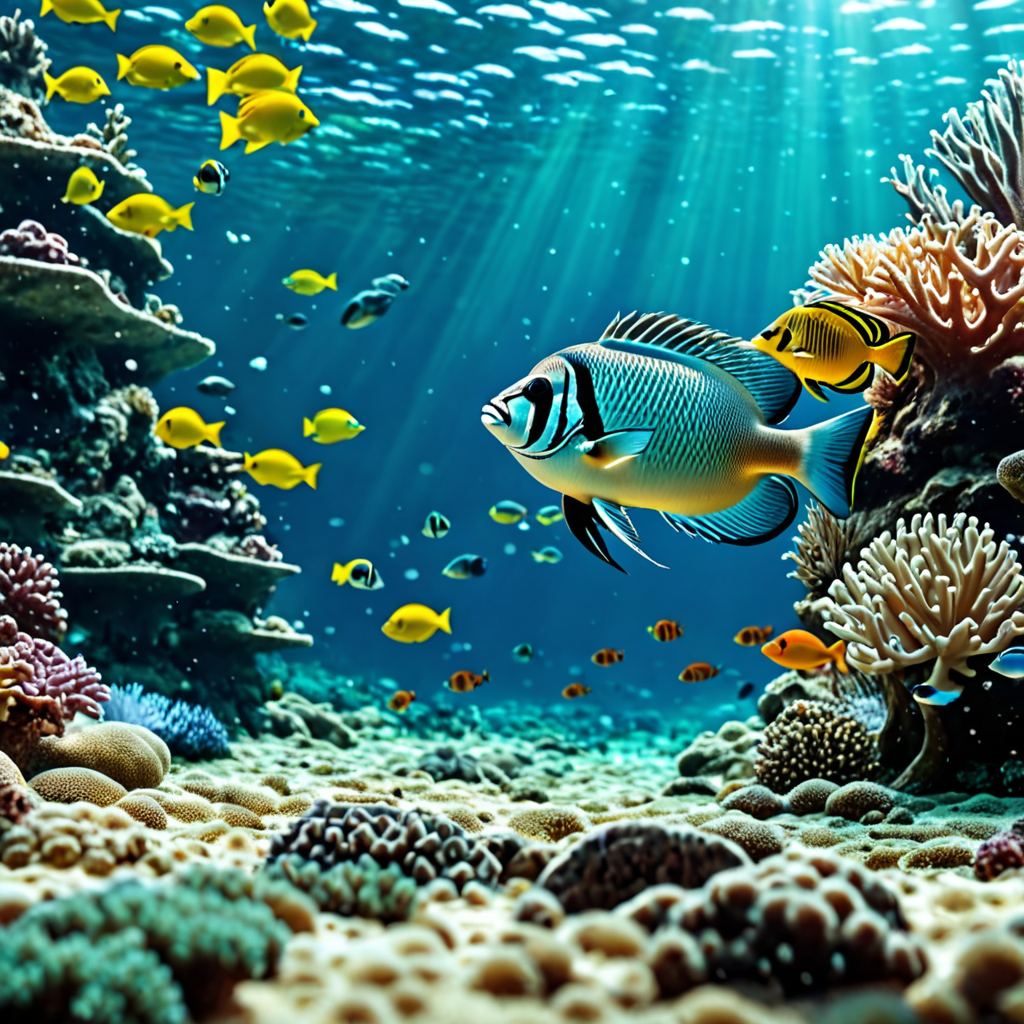
Witnessing the Migration of Humpback Whales along the Coast
1. Introduction
The annual migration of humpback whales is a captivating spectacle that draws nature enthusiasts from around the world. As these majestic creatures embark on their epic journey along coastlines, they offer an unforgettable opportunity to observe their awe-inspiring behavior and gain a deeper appreciation for the wonders of the natural world.
2. The Timing of the Migration
The timing of the humpback whale migration varies depending on the region, with whales typically moving from their feeding grounds in polar waters towards warmer tropical waters for breeding and calving. In the Northern Hemisphere, migrations generally occur from May to September, while in the Southern Hemisphere, they take place from September to March.
3. The Migration Routes
Humpback whales undertake extensive migrations, covering thousands of miles along various routes. They follow predictable patterns, often passing close to coastlines, making them accessible for whale watchers. Some of the most popular migration routes include the Pacific coast of North America, the Atlantic coast of South America, and the Indian Ocean coastline.
4. The Size and Composition of the Pods
Humpback whales travel in pods ranging in size from small family groups to larger aggregations of up to several hundred individuals. These pods are typically composed of females and their calves, as well as males seeking mates. While most pods consist of a single species, mixed pods involving other whale species, such as gray whales or dolphins, are also occasionally observed.
5. Observing Humpback Whale Behavior
During their migration, humpback whales exhibit various behaviors that captivate observers. They are known for their acrobatic breaching, where they leap out of the water, as well as their distinctive tail slaps, which create powerful splashes and sprays. Additionally, they engage in social interactions, such as spyhopping, where they raise their heads above the surface to survey their surroundings.
6. Techniques for Whale Watching
Responsible whale watching practices are essential for observing humpback whales without disturbing their natural behavior. Opt for guided tours led by experienced operators who adhere to strict regulations regarding approach distances and noise levels. Maintain a respectful distance from the whales, using binoculars or telephoto lenses for close-up observations.
7. Best Locations for Witnessing the Migration
Numerous locations worldwide offer prime opportunities for witnessing the humpback whale migration. Along the Pacific coast of North America, popular destinations include Monterey Bay, California; Glacier Bay National Park, Alaska; and Vancouver Island, Canada. In South America, the Atlantic coast of Argentina and Chile provide excellent viewing spots. In the Indian Ocean, Madagascar and Sri Lanka are renowned for their humpback whale encounters.
8. Tips for Enhancing the Experience
Enhance your whale-watching experience by planning your trip during peak migration months. Research the best viewing locations and book tours in advance to secure a spot. Pack binoculars, sunscreen, and waterproof clothing for protection against the elements. Consider bringing a camera with a long lens to capture stunning images.
9. The Importance of Conservation and Sustainability
Humpback whales are protected species facing various threats, including habitat loss, entanglement in fishing gear, and noise pollution. By supporting responsible whale-watching operators and advocating for conservation measures, we can contribute to the well-being of these magnificent creatures and ensure the future of the oceans.
10. Conclusion
Witnessing the migration of humpback whales along the coast is an unforgettable experience that evokes awe and wonder. Through responsible whale watching, we can connect with these incredible animals, appreciate their majestic beauty, and learn about their essential role in the marine ecosystem. As ambassadors for the ocean, we have a responsibility to protect and conserve these gentle giants for generations to come.
FAQs
When is the best time to see humpback whales?
The peak migration months vary depending on the region, generally from May to September in the Northern Hemisphere and September to March in the Southern Hemisphere.
Where are the best places to watch humpback whales?
Popular destinations include Monterey Bay, California; Glacier Bay National Park, Alaska; Vancouver Island, Canada; the Atlantic coast of Argentina and Chile; and Madagascar and Sri Lanka.
What are some tips for responsible whale watching?
Maintain a respectful distance, use binoculars or telephoto lenses for close-up observations, and support operators committed to conservation practices.
- Why is it important to conserve humpback whales?
Humpback whales play a vital role in the marine ecosystem, and their conservation is crucial for maintaining ocean health. Their decline due to threats like habitat loss and noise pollution necessitates our collective efforts for protection.


